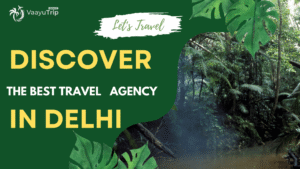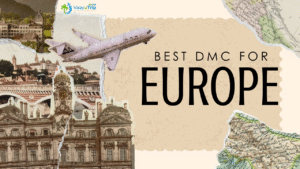Europe’s iconic cities — Paris, Rome, Amsterdam — once defined the continent’s travel allure. But in 2025, something has shifted. For B2B buyers, agents, and wholesalers, the traditional circuit is no longer enough. The real magic now lies in the “silent cities” — culturally rich, crowd-free, and emotionally immersive destinations that the mainstream market still overlooks. And only the best DMC for Europe knows how to build these journeys with precision, passion, and profitability.
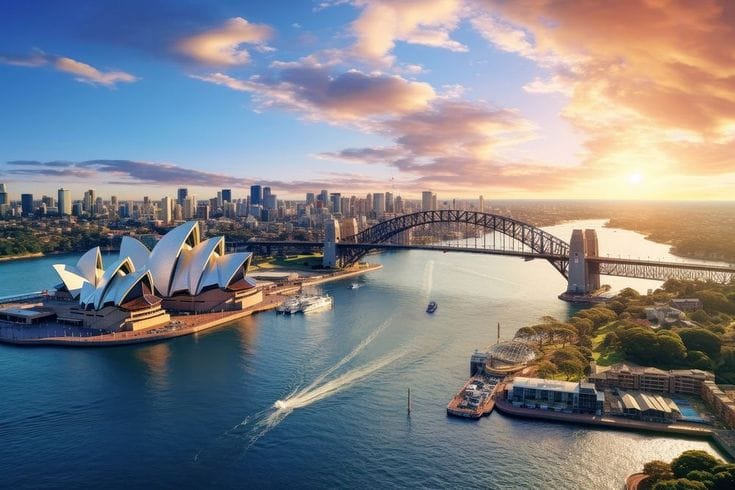
As travelers grow weary of overbooked hotspots and overused Instagram backdrops, a new trend has emerged: the rise of the untouched route. It’s a move toward serenity, authenticity, and undiscovered experiences. And it’s not just a traveler trend — it’s a business imperative for modern DMCs ready to lead in 2025.
The Rise of Silent Cities: Why Europe’s Hidden Destinations Matter Now
What Are “Silent Cities”?
“Silent cities” refer to smaller, lesser-known European towns that escape the chaos of tourism yet carry the full weight of heritage, cuisine, architecture, and emotional appeal. Think Graz in Austria, Colmar in France, Tartu in Estonia, Coimbra in Portugal, and Kotor in Montenegro — each brimming with stories, yet untouched by mass travel.
These are destinations where the church bells still dictate time, where family-run inns replace hotel chains, and where culture isn’t performed — it’s lived. The best DMCs for Europe recognize this trend not as a passing fad, but as a long-term strategic shift in travel preference.
Why Traditional DMC Approaches Are Failing in 2025
Let’s be direct: cookie-cutter packages, pan-European bus tours, and mainstream stops no longer inspire B2B partners or end consumers. In fact:
-
61% of millennial travelers now prefer offbeat destinations that offer authentic local culture.
-
Overtourism concerns in cities like Venice and Barcelona have led to new regulations, even banning tour groups in key areas.
-
B2B agencies are losing clients to OTA platforms offering customized, niche experiences.
In this climate, only the best DMCs in Europe — those who can craft compelling, flexible, and locally immersive experiences — can remain relevant.
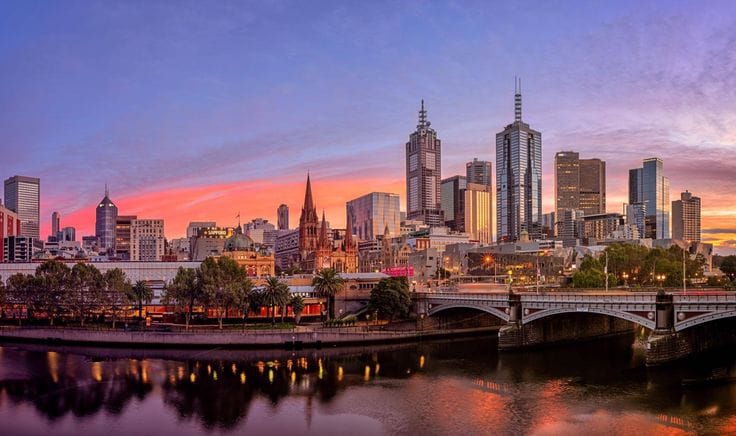
Logistics in the Shadows: What Great DMCs Do Differently
1. Local Partnerships in Remote Regions
Silent cities rarely have standardized tourism infrastructure. Here, trusted DMCs rely on deep local partnerships — with village guides, regional transport providers, boutique stays, and local event organizers.
Example: In Coimbra, a top-tier DMC might coordinate a traditional Fado performance in a 12th-century courtyard, complete with regional food and interaction with performers — all without touching a touristic restaurant or public stage.
2. Custom Routing and Multi-Country Navigation
Handling offbeat cities across borders (e.g., from Lake Bled to Český Krumlov to Hallstatt) requires intimate knowledge of inter-country logistics — local transport laws, customs norms, minor visa variations, and even multi-currency route design.
This is where a boutique European DMC truly shines: building seamless travel circuits between cities that don’t appear on the same brochure — or map.
3. Cultural Sensitivity & Personalization
The best DMCs don’t just avoid tourist traps — they tell stories only locals would know. Whether it’s a weaving workshop in Slovenia or olive-oil tasting in Istria with a 3rd-generation farmer, they design travel as human connection.
That’s the edge that VaayuTrip, one of the rare players in this space, brings to its European DMC operations — curating intimacy at scale, especially in these untouched corridors.
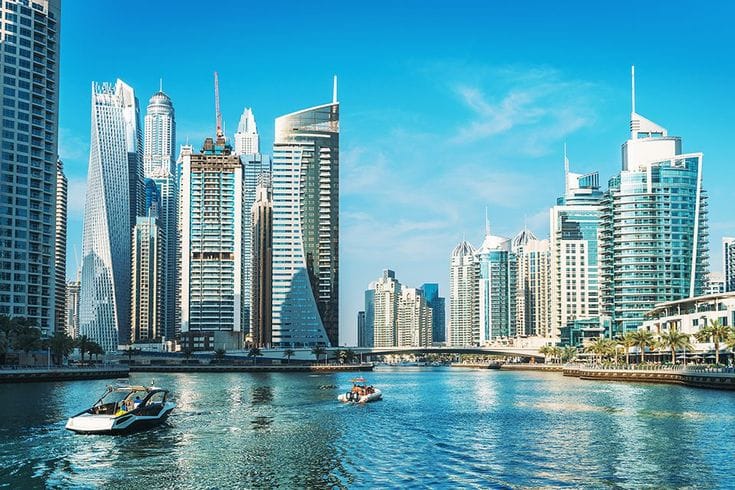
Silent Cities That Only the Best DMCs Know How to Handle
Let’s look at a few cities that reflect this new European blueprint — places that are ready for travelers, but not overwhelmed by them:
Tartu, Estonia
-
Europe’s Capital of Culture 2024
-
Bohemian cafés, Baltic folk music, university-town charm
-
Needs specific local interpretation to unlock real experiences
-
Best DMCs partner with university faculty, folklore curators, and community centers
Český Krumlov, Czech Republic
-
A fairytale town of cobbled streets and riverside views
-
Strict tourist flow regulations post-2023
-
Only expert DMCs can manage group pacing, guide permissions, and overnight stays in castle-view boutique lodges
Gruyères, Switzerland
-
Often bypassed by large group tours in favor of Lucerne or Interlaken
-
Offers cheese-making workshops, ancient chapels, and the HR Giger Museum
-
Requires time-sensitive routing, regional transport, and French-language local contacts
Kotor, Montenegro
-
UNESCO-protected town with Venetian-era walls and Adriatic peace
-
Fast becoming a luxury FIT destination
-
Top DMCs now offer kayak-pilgrim tours, local wine caves, and monastery dinners
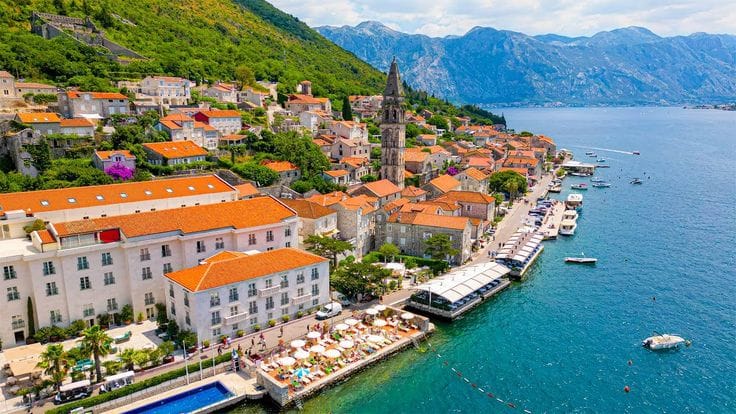
Why Silent Cities Are a Business Opportunity for B2B Agents
1. Less Competition, Higher Margins
Mainstream cities = price wars. Silent cities = premium value, storytelling, and margin control.
2. Niche Branding for B2B Buyers
B2B partners can position their agencies as authentic Europe curators, not just ticket pushers.
3. Repeat Business from Curious Travelers
Clients who visit the unknown tend to return — asking: “Where else can you take me next?”
Silent city travel becomes a journey, not a one-off.
The Emotional Blueprint: What Makes a Silent City Travel Experience Unforgettable
Beyond logistics, silent city travel demands a new kind of travel architecture — one that prioritizes emotion over checklist. Europe’s best DMCs are evolving from tour builders into emotion designers, crafting journeys that evoke wonder, peace, and deep cultural immersion.
From Transactional to Transformational Travel
While mainstream trips often end in tired selfies and tourist fatigue, a well-crafted silent city experience can be transformative. Walking through the fog-shrouded alleys of Graz at dawn, dining with locals in Sibiu, or attending a stone-carving workshop in Matera — these are memory anchors. They generate emotional recall, and for agents, customer loyalty.
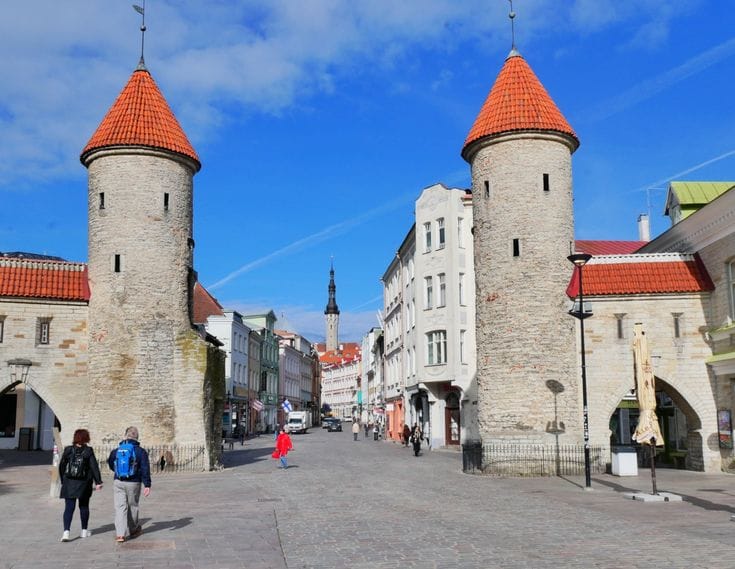
How the Best DMC for Europe Designs Emotion: Behind the Scenes
The top-performing DMCs for Europe aren’t just itinerary providers — they are curators of meaning, deploying psychology, anthropology, and storytelling to design impactful travel. Here’s how:
1. Layered Cultural Immersion
Great DMCs incorporate subtle cultural layers — such as pairing a walking tour in Plovdiv, Bulgaria, with a private wine ritual that dates back to Thracian times. It’s no longer about just seeing, but belonging, even for a day.
2. Memory Sequencing
Experiences are not offered at random. Silent cities require a narrative arc — a quiet village after a spiritual hike, or a medieval town after a modern art immersion — pacing emotion just like a novel.
VaayuTrip, in its growing portfolio of lesser-known European destinations, has adopted emotional pacing as a key curatorial principle.
B2B Agents: Why This Travel Philosophy Matters to You
Travel agents and wholesalers are no longer evaluated solely on price. Their success depends on how meaningful, differentiated, and low-risk their offerings are.
Here’s why silent cities — and the DMCs that understand them — are becoming your best business allies:
Differentiation = Survival
When your competitor offers Rome, you offer Ravenna — and with stories that feel ten times richer.
Stronger Narratives = Better Marketing
A silent city product is easier to pitch, especially with emotional storytelling. It creates visual hooks, niche branding, and conversation triggers.
Higher Perceived Value = Higher Margins
Because these trips feel rare and handcrafted, clients are willing to spend more. And with less local competition, your DMC partner helps you keep margins high.
Case Study: Curating the Untouched Route in Practice
“The Forgotten Spine of Europe” (Austria to Bosnia via Slovenia)
Only a few elite DMCs, including VaayuTrip, are developing multi-country silent city circuits through the Dinaric Alps and the Eastern frontier of Europe. This includes:
-
Ptuj, Slovenia – The oldest recorded city in Slovenia, known for its Pagan Kurentovanje festival
-
Jajce, Bosnia & Herzegovina – A royal medieval town with cascading rivers and zero overtourism
-
Hall in Tirol, Austria – A minting capital and architectural marvel untouched by ski resort tourists
This kind of route requires hyper-local knowledge, vehicle permissions, seasonal route changes, and soft negotiation with small-town tourism boards — the exact kind of work that top DMCs are built to manage.
2026 and Beyond: What’s Next in Europe’s Silent City Movement?
Here’s where the movement is headed — and how the best DMCs for Europe are already adapting:
1. The Adriatic Micro-Zone
From Durres, Albania, to Korčula, Croatia — micro-island hopping with local boats and chef-led meals. A rising star in curated travel.
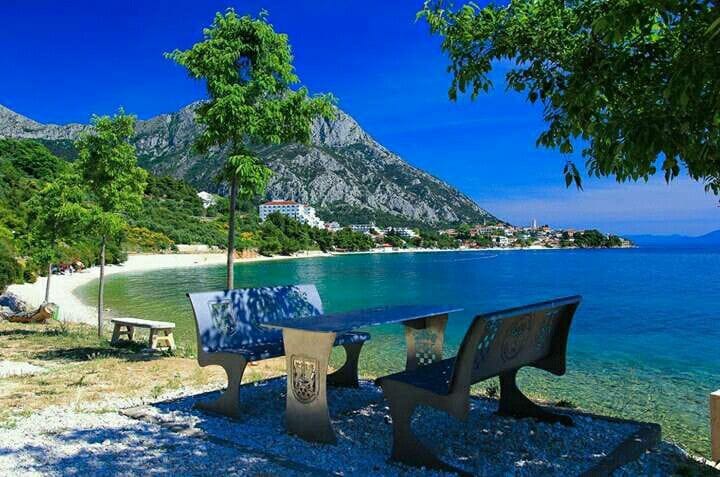
2. Inland Portugal Revival
Destinations like Marvão and Belmonte, rooted in Jewish and Moorish heritage, are now hotspots for soulful, slower itineraries.
3. Baltic Transits
DMCs are creating seamless, culturally-integrated journeys from Kaunas (Lithuania) to Riga (Latvia) and Saaremaa (Estonia) — built for the conscious, curious traveler.
The VaayuTrip Difference: Curating the Quiet, Profitably
VaayuTrip has emerged as a quiet force in the European DMC scene, not just for its operational strength but for its philosophy-driven curation. With a growing B2B clientele, it has:
-
Developed route-specific expertise across over 17 emerging European destinations
-
Built a network of on-ground culture ambassadors — not just guides, but hosts
-
Offered flexible packaging that blends sustainability with storytelling
-
Invested in tools that help B2B partners market rare destinations with confidence
Its silent city strategy isn’t about chasing trends — it’s about defining them.
Final Thoughts: The Silent Revolution Needs Sharp Partners
Europe’s silent cities are no longer Europe’s secret. They’re the new stage for meaningful travel, deeper culture, and conscious luxury. But only a handful of players — those with real networks, real instincts, and real humility — can navigate them properly.
For B2B travel professionals, wholesalers, and niche agencies, the future isn’t just about knowing the routes. It’s about partnering with a destination management company that knows what the route means.
In this quiet renaissance of European travel, logistics alone won’t win. Storytelling will. Emotion will. And your DMC will be the difference.
If you’re ready to rethink how you sell Europe — beyond the brochure, beyond the noise — consider partnering with a company like VaayuTrip, where silence speaks volumes.

